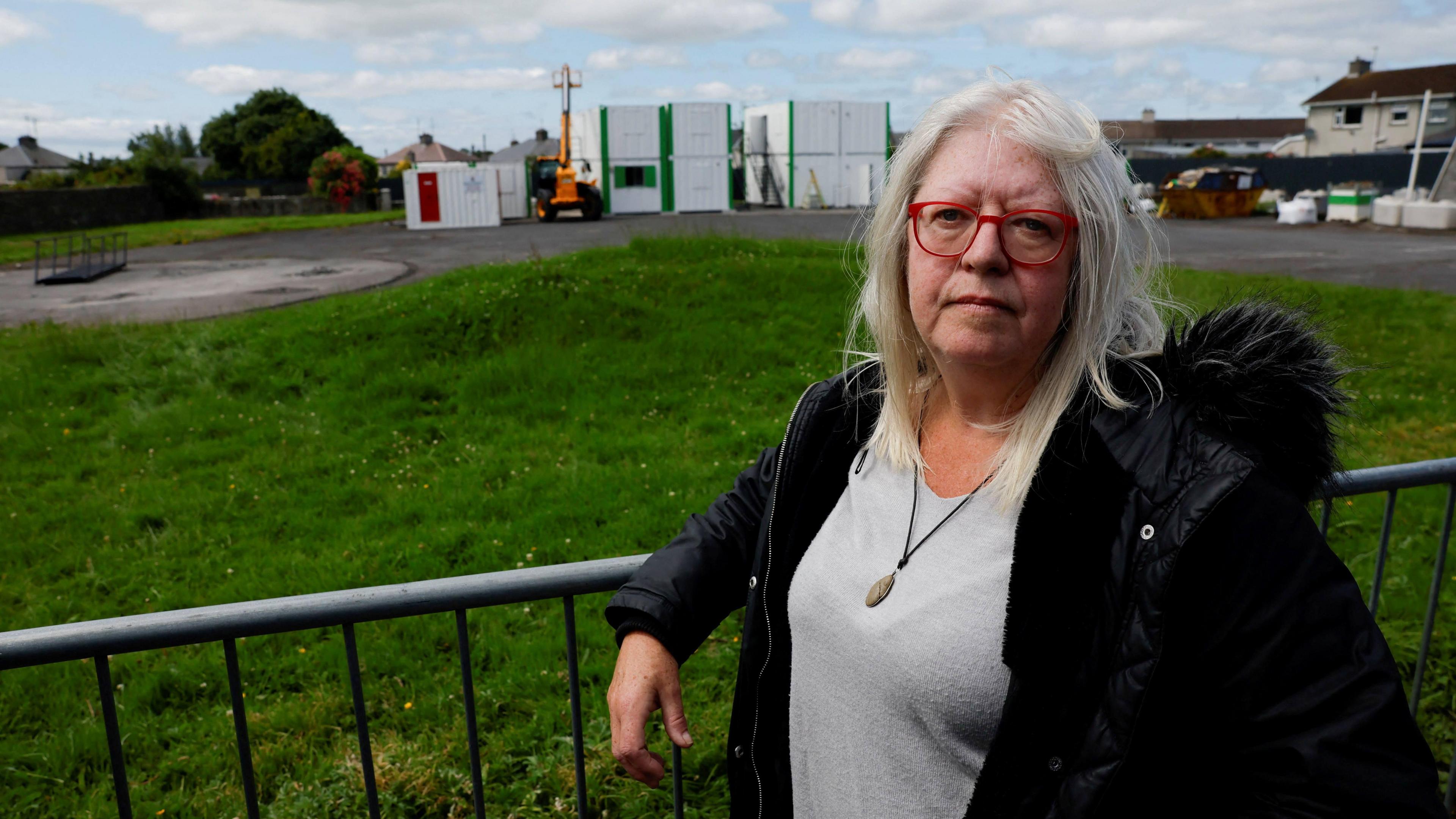Tragic Discovery: Full Excavation of Tuam Baby Grave Site Begins Amidst National Mourning

A Nation Remembers: Excavation of Tuam Baby Grave Site Underway
Later today, a deeply somber chapter in Irish history will unfold as the full excavation of a mass grave containing the remains of babies and young children at Tuam, County Galway, commences. This heartbreaking discovery, linked to the former Mother and Baby Home institution, has ignited national grief and a renewed demand for answers regarding the treatment of unmarried mothers and their children in the 20th century.
The site, formerly a Magdalen Laundry and later a Mother and Baby Home run by the Bon Secours Sisters, has been the subject of intense scrutiny since a preliminary investigation in 2017 revealed the presence of a significant number of remains in a disused sewage tank. Initial findings estimated that over 796 infants may be interred there, though the true number remains unknown. The scale of the discovery sent shockwaves across Ireland and internationally, prompting widespread condemnation and calls for a thorough and transparent investigation.
The Mother and Baby Homes System: A Dark Legacy
The Mother and Baby Homes system in Ireland operated from the early 1920s to the 1990s, targeting unmarried pregnant women and their children. These institutions, often run by religious orders, separated mothers from their children shortly after birth. Many children were adopted, often without proper records or consent from the mothers, while others died within the homes due to neglect, malnutrition, or disease. The system has been widely criticized for its role in perpetuating societal stigma against unmarried mothers and for the trauma inflicted on both mothers and children.
The Excavation Process and What to Expect
The upcoming excavation, overseen by the Independent Commission of Investigation into Mother and Baby Homes, will be carried out with the utmost sensitivity and respect for the deceased. A team of forensic anthropologists, archaeologists, and other experts will meticulously document and recover the remains. The process is expected to be lengthy and emotionally challenging, potentially lasting several months or even years. The remains will be treated with dignity and, where possible, identified. Efforts will be made to reunite families and provide closure to those affected.
The excavation will involve careful mapping of the site, detailed analysis of the remains, and a comprehensive review of historical records. The findings will be presented to the Commission and ultimately to the public, contributing to a greater understanding of the events that transpired at Tuam and within the Mother and Baby Home system as a whole.
Seeking Truth and Justice
The excavation at Tuam represents a crucial step towards uncovering the truth about the treatment of vulnerable women and children in Ireland. It is hoped that the findings will lead to accountability for those responsible for the systemic failures that allowed such tragedies to occur. More importantly, it’s an opportunity to acknowledge the suffering of the mothers and children who were victims of this dark chapter in Irish history and to ensure that such abuses never happen again. The nation holds its breath as this painful process begins, with the promise of remembrance and a pursuit of justice for those lost.






